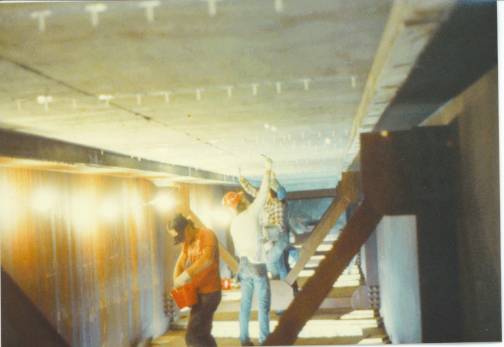"A crack, obviously, is a sign of failure caused by stresses, inadequate design, improper curing, etc. One of the dangers of a structural crack is the effect that it has on the reinforcing bar. The reinforcing represents one of the main structural values of the concrete.
Cracks left unprepared allow moisture, road salts and other contaminants to penetrate and attack the rebar. The rebar deteriorates, losing the structural value. Loosing the entire structure is often the result.
Repairing cracks by Injection is effective (only) after ... design changes. Prevent future cracks by fixing the original cause of the cracking, when ever possible.
Parking garages are an example of cracking problem that require a structural engineering analysis. Often inadequate design for expansion/contraction is the cause for parking garage structural cracking. Avoid weld injecting a crack if there are not enough expansion joints.
This (overlay) does not however encapsulate the rebar in a way that will totally stop the premature deterioration of the steel. Often times additional joints are needed, thus the analysis of cracking problems is critical."

WMATA design and construction standards require expansion/joints be placed no farther apart than every 100 feet. The 315 ft. by 580 ft. Silver Spring Transit Center has none.
 |
| Silver Spring Transit Center |

No comments:
Post a Comment